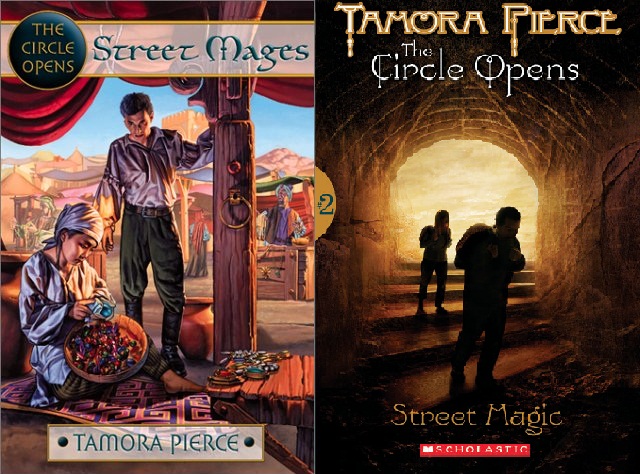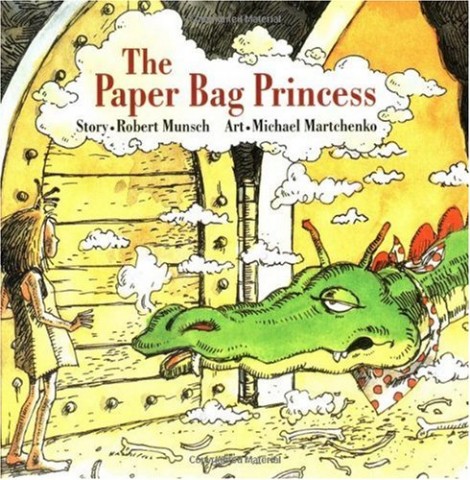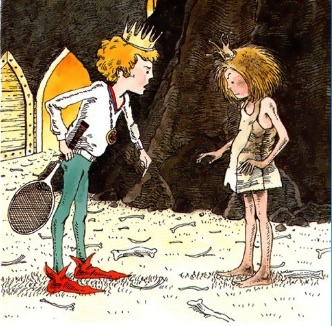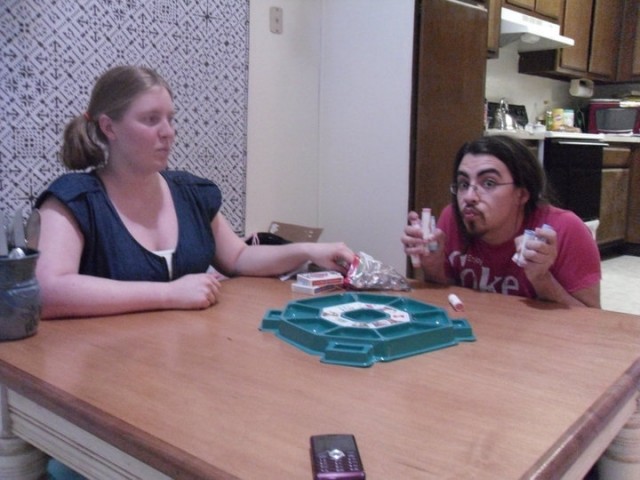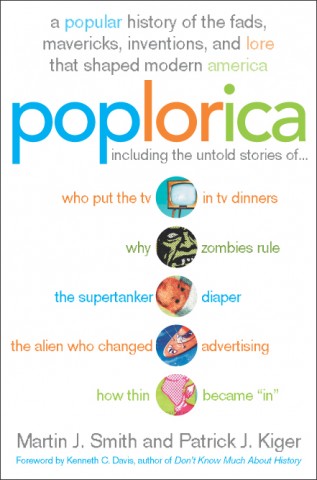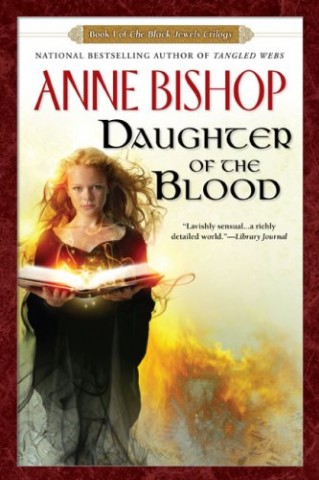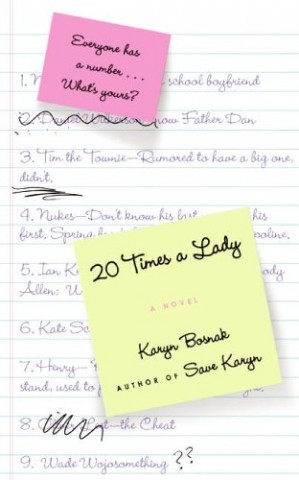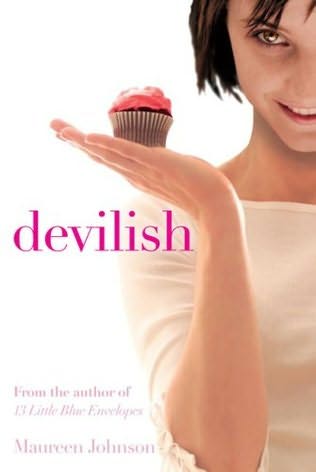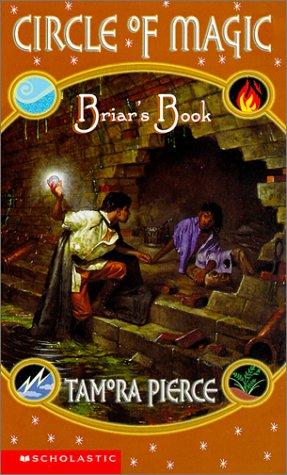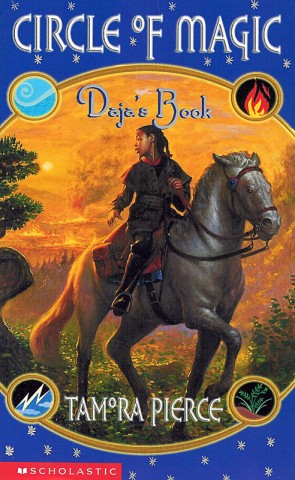You could maybe tell from the title of this book that it’s about Daja, who has metal and smith powers! I’ve never had anything against Daja, except her moping through two Circle of Magic books before realizing that the Circleteers were really her friends. But that all got cleared up in Daja’s Book when she stopped a forest fire. This book is also about Daja stopping fires, perhaps because Tamora Pierce has a hard time thinking of ways for her to save the day with metal? Once again, Daja has to use her powers to try to save lives when fire gets out of control, only this time she’s up against an arsonist instead of the forces of nature! And you know I love when there’s a bad guy!
Daja and her teacher Frostpine are staying the winter in a medieval-fantasy version of Denmark? Maybe? It’s really cold and everyone gets around by ice-skating the frozen canals. As in the first two books in the series, Daja notices that the twin daughters of the family they’re staying with have special, previously-undetected magic with cooking and carpentry. Unlike the other two books, the city is apparently full of cooking-mages and carpentry-mages, so Daja is able to pawn the girls off onto better-suited teachers fairly quickly, leaving most of the story devoted to catching the arsonist who is hiding in their midst! Not-even-a-spoiler alert: it’s the guy in charge of fire brigades. This would be a huge shocker if we didn’t get whole passages from his point of view plotting to set things on fire fairly early on, making all the “No… IT CAN’T BE!” moments at the end kind of tiring.
Awards
Best New Character Award: It’s a tie between Heluda Salt, Police Mage, and Olennika Potcracker, Kitchen Mage. But I like them both for the same reason: being tough kickass women! Olennika doesn’t attend mage banquets because she’s “referred publicly to the richer of our members as parasites”(203). Heluda responds that she’s probably being too generous since at least real parasites feed other creatures so they can be good for something. Rock on, Lady Mages!
Returning Character Honorable Mention: Frostpine!
I’ve never really noticed Daja’s teacher before, except once when some other adult hints that he was (is?) a total, total player, but he is actually pretty funny. I like how he acts casually protective around Daja at times (like when BOYS are involved), but also casually gives her a lot of freedom to experiment and screw up. Plus, he sits naked in the kitchen fire.
Daja’s Improvement Score: +10% =85/100
Previously Daja has been a C-student for me. She’s not bad by any means, and I sometimes really like her stoic nature. She was about average as a main character in the first series, and luckily she has improved somewhat in this one! Congrats, Daja, you’re a B-student now! Without her friends to help her, Daja has to do more talking and standing up for herself, which she does pretty well! I don’t know if she’ll ever be my fave, but I wouldn’t mind hanging out with her.
Thing I Most Wish Was Real: Cooking magic! I think I’ve finally found the Circleeter-world magic that is for me! Now I guess I just have to wait for one of these wandering teen-mages to discover me and be forced to become my teacher!
The Play-by-Play
Chapter one
Daja and Frostpine are staying with Frostpine’s friends in the Frozen North! He has a bunch of daughters, but only two important ones, twins named Nia and Jory. Daja sees Jory put some magic into something she’s mixing in the kitchen. FIRE! Everyone runs outside and forms efficient bucket chains to put out the fire. Ben, a local merchant/expert in fire prevention, taught everyone how to handle fires because the whole city is made of wood. Daja is mad impressed that he can do all that without any magic, and he is mad impressed that Daja can command fire.
Chapter two
Frostpine bitches about being cold, as he will for the entire book. He explains that Daja has to help the twins with their magic, and that if one twin has magic, the other will too. It’s the first law of twins. Daja talks to Nia and Jory’s parents, who are happy their daughters have magic, but also annoyed that it will apparently ruin marriage negotiations. No one wants a headstrong mage wife!
Read the rest of this entry »

